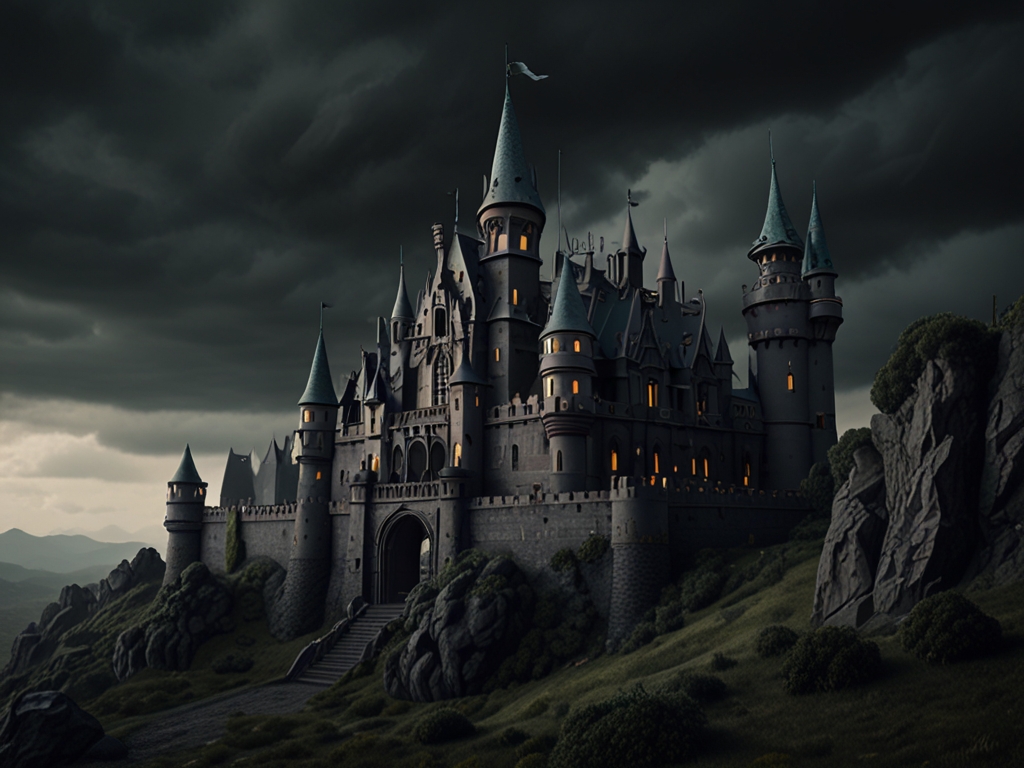
3D Modeling Simplified: Claude Sonnet Aids Basic Coding to Design Spectacular Castles
Date: 2025-03-14 09:20:51 | By Lydia Harrow
Revolutionizing Game and Movie Production: AI-Driven 3D Models Transform Visuals
In a groundbreaking development at the intersection of AI and creative industries, creators are now using advanced AI tools like Claude Sonnet and Runway to produce high-fidelity 3D models that could revolutionize game and movie production. This innovative process involves generating initial 3D models with basic coding tools and enhancing them through AI-driven platforms to create visually stunning, detailed outputs that were once unimaginable.
The Process: From Basic Models to Stunning Visuals
The journey begins with creators using Claude Sonnet, a tool that simplifies coding at a basic level, to generate 3D models. These models, such as a magnificent castle reminiscent of Runescape v1 or a sleek F1 car, serve as the foundation. The creator then takes these initial outputs and feeds them into Runway, an AI-driven image-to-video generator that has seen significant improvements over the past year. Runway takes the basic 3D model and transforms it into a high-fidelity, detailed visual that looks as if it could be part of a blockbuster movie or a top-tier video game.
Applications in Gaming and Film
The implications of this technology for the gaming and film industries are vast. In gaming, traditionally, creating high-fidelity environments and assets takes years of meticulous work. With this new AI-driven process, creators could potentially generate complex, detailed game worlds in real-time, drastically reducing development time and costs. For the film industry, the ability to quickly produce hyper-realistic visuals opens up new possibilities for special effects and set design, potentially transforming how movies are made.
Market Analysis and Expert Opinions
The market for AI in creative industries is burgeoning. According to a report by Grand View Research, the global AI in media and entertainment market size is expected to reach USD 21.16 billion by 2027, growing at a CAGR of 27.3%. Experts like David Smith, a senior analyst at TechInsights, believe that tools like Claude Sonnet and Runway could significantly disrupt traditional production methods. "The ability to create high-fidelity visuals with minimal human intervention could democratize content creation, allowing smaller studios and indie developers to compete with industry giants," Smith notes.
However, there are challenges to consider. The integration of AI into these workflows requires not only technical expertise but also a shift in how creative teams operate. "While the technology is promising, it's crucial to balance AI's capabilities with human creativity to ensure the final product resonates with audiences," says Emily Chen, a creative director at PixelForge Studios.
Looking ahead, the potential for AI to transform game and movie production is immense. As these technologies continue to evolve, we may see a future where high-fidelity, AI-generated content becomes the norm, enabling creators to bring their visions to life faster and more efficiently than ever before.

Disclaimer
The information provided on HotFart is for general informational purposes only. All information on the site is provided in good faith, however we make no representation or warranty of any kind, express or implied, regarding the accuracy, adequacy, validity, reliability, availability or completeness of any information on the site.
 18
18  0
0  NFT
NFT
Comments (0)
Please Log In to leave a comment.